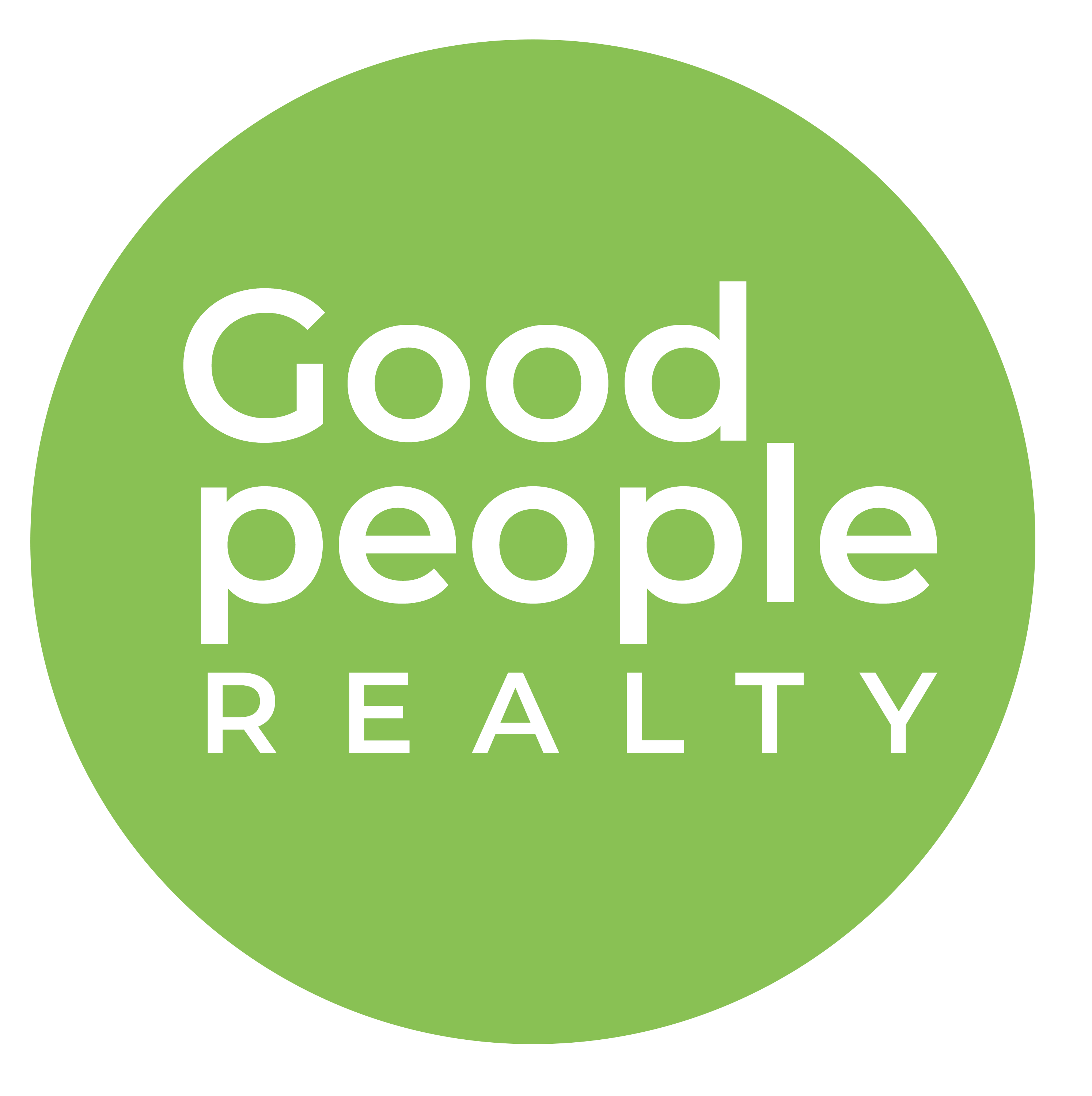Selling your home does not have to be a stressful experience. I understand how home sellers can quickly get overwhelmed dealing with the entire selling process, especially in the early stages. My goal is to provide a stress free environment, with as much transparency as possible. That’s why we decided to write this blog post.I want to provide some quick inside information on some of the ways I evaluate homes and to choose the right price.
1. First look for recently sold comparable properties in the area which are similar in size, condition, neighborhood, subdivision and model. This will provide valuable information about the market.
2. I look for the true living area. I don’t go by what it says on the MLS or on public websites like Zillow as most times they are not accurate. The square footage of the home is a huge part of pricing the home correctly. I go directly into the property appraisals county website, where they usually have a sketch of every property. We base square footage on what is listed there.
3. Look for homes sold that have similar square footage plus or minus 15 to 20%. You would not compare a 1,500 square foot home with a 3,000 square foot.
4. Make sure homes you are using to compare pricing are located within 1 square mile of your property.
5. Look for homes that sold within the past six months or more recently. You can also look at homes that are available to get an indication of where the market is and your competition.
6. The condition of the home you are using to compare pricing should be similar to the condition of your home. If your home is super upgraded, look for a home that has upgrades for a better indication of value. Condition and upgrades play a big role of pricing.
7. Similar year, do not compare a home built in 1974, with one build in 2005.
I have 15 years of experience in the real estate business. Having sold hundreds of homes I have developed idiosyncrasies that give me a unique perspective when pricing a home.
I always look at where the market is, pricing will always depend on the type of market it is. If there is an increase of homes listed and not many buyers, it’s a buyers market, and vice versa. This plays in the pricing strategy in a big way.
Hope this gives you some insight into the steps needed to price your home right from the start.
